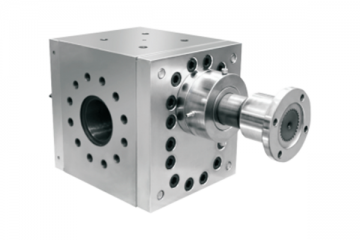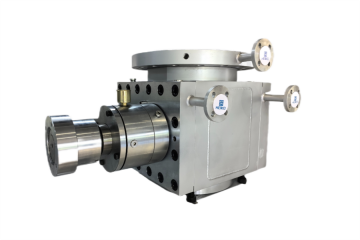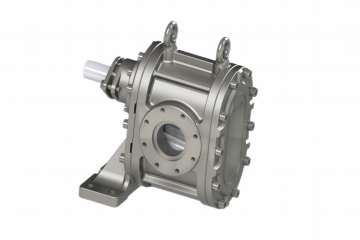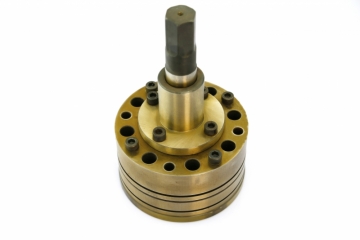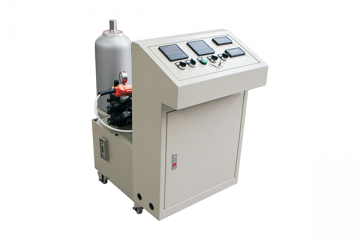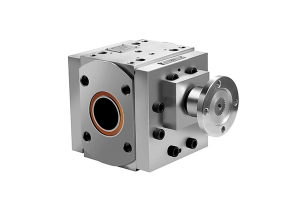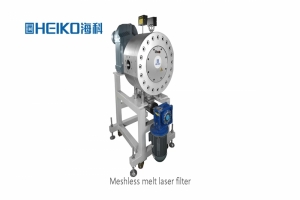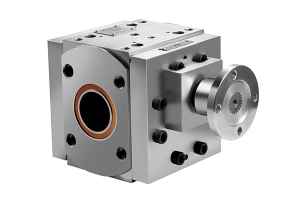When the operating temperature and pressure exceed the rated range of a polymer melt gear pump, it significantly shortens its service life in terms of material degradation, wear and tear, and performance impairment, as detailed below:
Excessive Temperature
Material Property Degradation: Extremely high temperatures weaken the strength and hardness of metallic pump body materials and accelerate the aging and deterioration of seals. For instance, cast iron pump bodies may undergo lattice structure changes at high temperatures, leading to deformation. Rubber seals may lose elasticity, causing leaks that directly impact the pump's structural stability and sealing performance, thereby shortening its lifespan.
Altered Melt Properties: High temperatures significantly reduce the viscosity of polymer melts, altering their flow characteristics and resulting in unstable output flow rates. Additionally, thermal degradation or crosslinking reactions induced by high temperatures not only affect product quality but also generate corrosive substances that corrode the pump body, further diminishing the pump's life.
Lubrication Failure: High temperatures decrease the viscosity of lubricating oil, disrupting the lubricating film and accelerating wear on gears and other components. It also softens, causes the loss of, or deteriorates lubricating grease, exacerbating component wear and severely impacting the pump's transmission efficiency and service life.
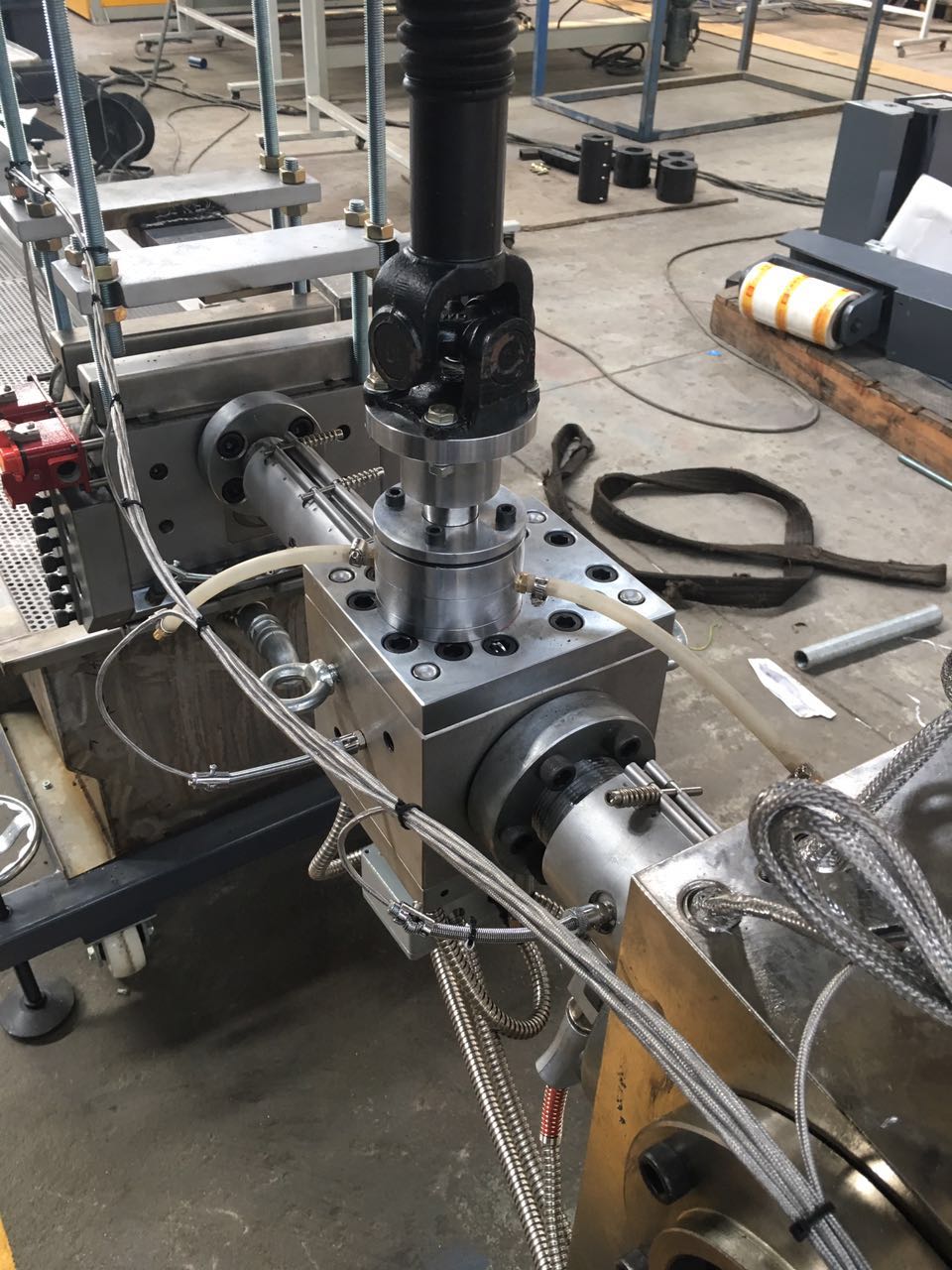
Excessively Low Temperature
Increased Melt Viscosity: At low temperatures, melt viscosity increases substantially, dramatically boosting flow resistance and pump load. This requires the motor to output more power, potentially leading to overheating and burnout. High-viscosity melts reduce flow rates, failing to meet production requirements, and long-term high-load operation shortens the pump's lifespan.
Difficulty in Starting: Low temperatures increase the viscosity of both the melt and lubricating medium, raising the starting torque and making it difficult for the motor to start. Forced starting can shock transmission components, shortening equipment lifespan.
Excessive Pressure
Damage to Mechanical Components: Excessive pressure overburdens gears, shafts, and other components, leading to tooth surface fatigue pitting, tooth fracture, and shaft bending deformation. This affects the pump's concentricity and stability, causing vibration and noise, accelerating component damage, and shortening service life.
Seal Failure: High pressures beyond the sealing capacity exacerbate seal face wear and cause elastic elements to fail, resulting in melt leaks. This not only pollutes the environment but may also lead to safety accidents due to leaks. Simultaneously, it further damages the pump body, shortening its lifespan.
Abnormal Flow Rate: Excessive pressure causes melt reflux, reducing volumetric efficiency and output flow rate, impacting production continuity and product quality. Long-term exposure to this abnormal operating state accelerates wear on pump components, lowering the pump's service life.
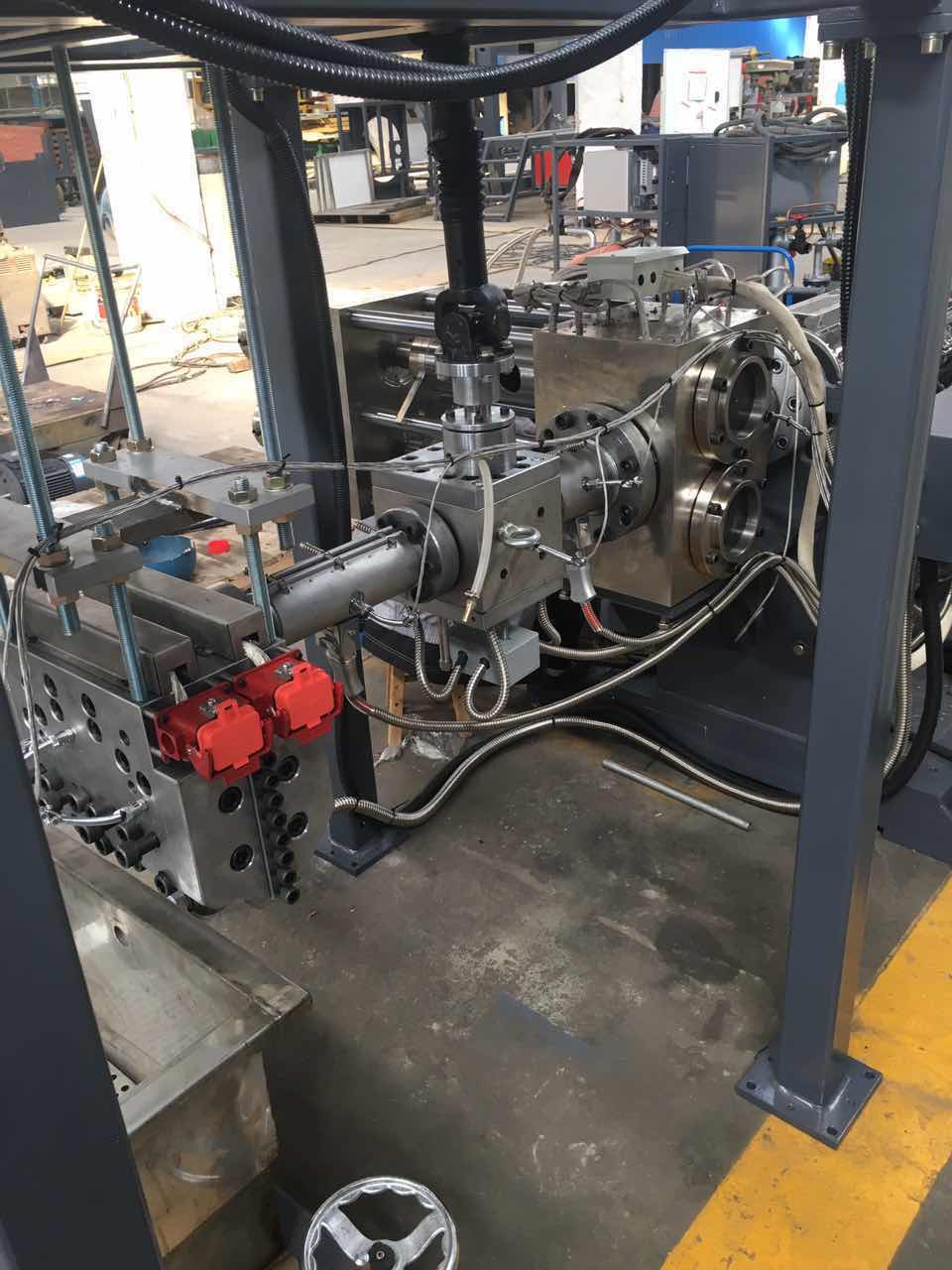
Excessively Low Pressure
Insufficient Flow Rate: Low pressure prevents the melt pump from providing sufficient power to propel melt flow, resulting in flow rates below process requirements and impacting production. Long-term low-flow operation exacerbates wear on internal pump components, shortening service life.
Inability to Meet Process Requirements: Some polymer processing techniques have strict melt pressure requirements. Excessively low pressures cannot guarantee product precision and quality. To meet production needs, frequent adjustments to pump operating parameters may be necessary, increasing the pump's operational burden and subsequently shortening its lifespan.
Email: sale@heikomachinery.com
WhatsApp: +86 13803717447






